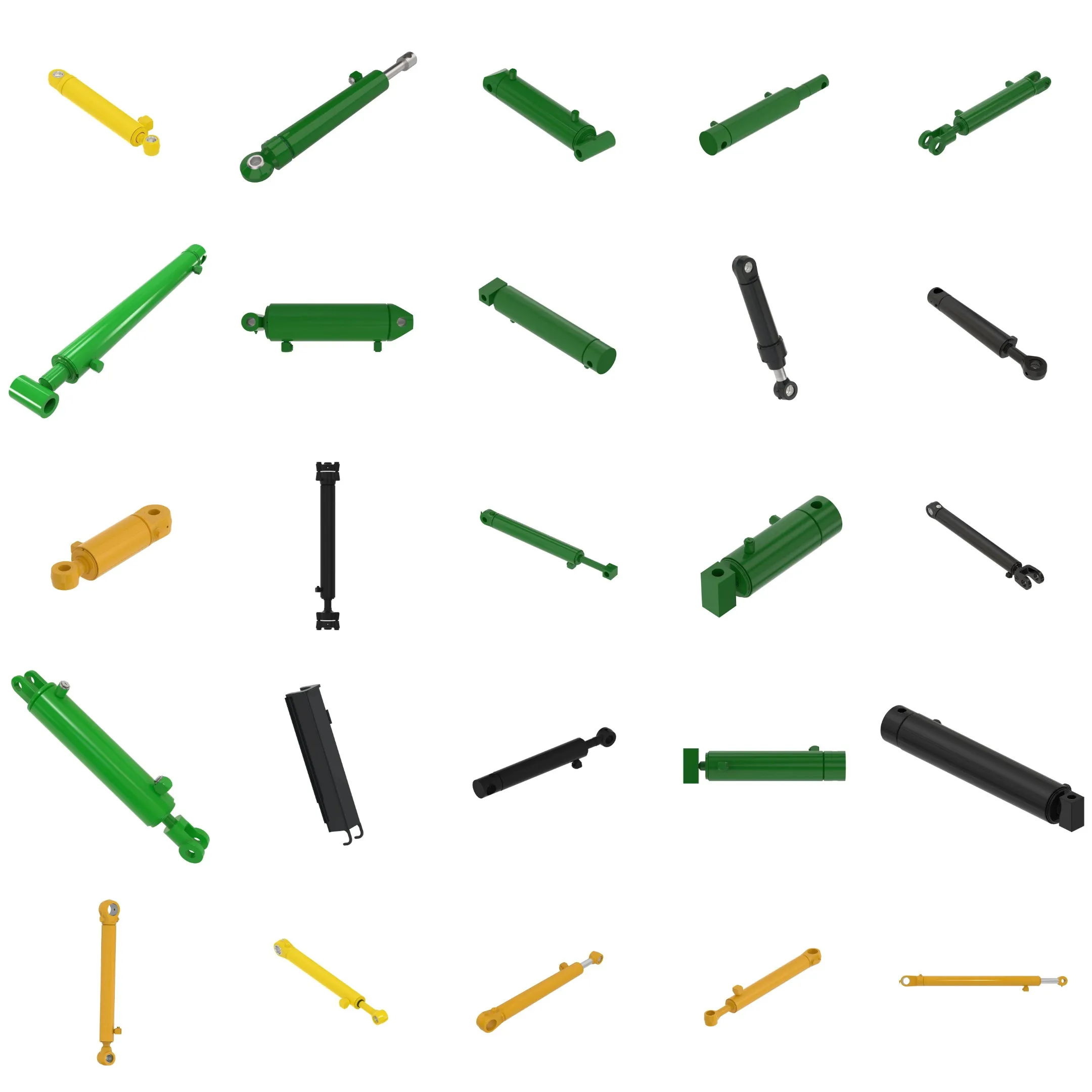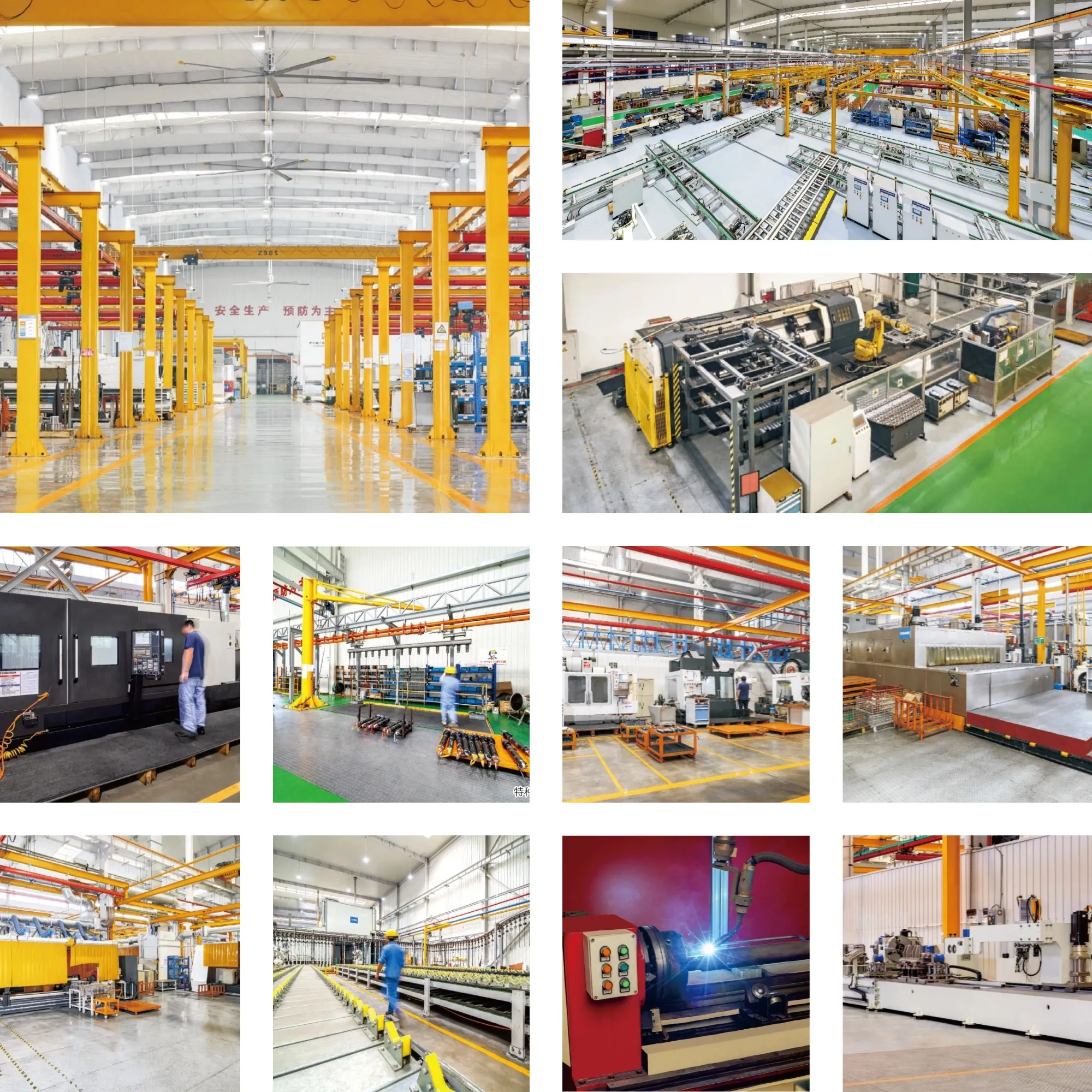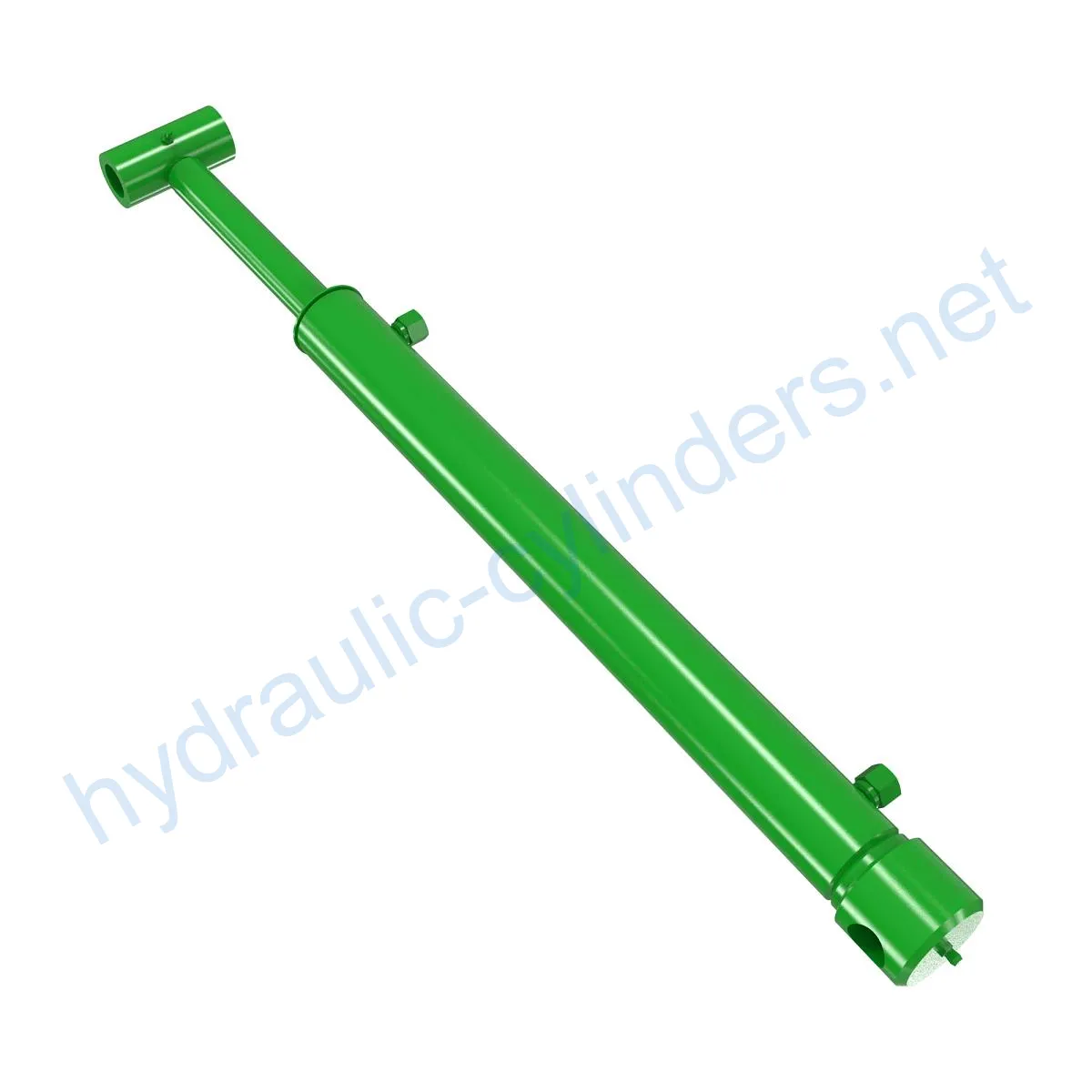Replacement Of AH176266 Bucket Hydraulic Cylinder
Som en av produsentene, leverandørene og eksportørene av mekaniske produkter tilbyr vi hydrauliske sylindere og mange andre produkter.
Ta kontakt med oss for mer informasjon.
Post:sales@hydraulic-cylinders.net
Produsent, leverandør og eksportør av hydrauliske sylindere.
Replacement Of AH176266 Bucket Hydraulic Cylinder
The Replacement Of AH176266 Bucket Hydraulic Cylinder is a hydraulic cylinder replacement part designed for 410, 419, 420, 430, and 460 models. It weighs 15.73 lb, has a height of 2.5 in, a width of 3.4 in, and a length of 31.4 in.
Overview
The hydraulic cylinder is an essential component of hydraulic systems, converting fluid pressure into mechanical force. The Replacement Of AH176266 Bucket Hydraulic Cylinder is designed to replace damaged or worn-out hydraulic cylinders in various applications, restoring the equipment’s performance and ensuring safe operation.
Specifications and Models
The Replacement Of AH176266 Bucket Hydraulic Cylinder is compatible with 410, 419, 420, 430, and 460 models. It weighs 15.73 lb, has a height of 2.5 in, a width of 3.4 in, and a length of 31.4 in.
Features
- Improved equipment performance: Replacing damaged or worn-out hydraulic cylinders can restore the equipment’s normal operating capabilities, ensuring performance in various applications.
- Enhanced safety: Regularly replacing hydraulic cylinders can reduce safety hazards caused by cylinder failure, ensuring the safety of operators and equipment.
- Overload protection: New cylinder designs usually consider better overload protection mechanisms, improving safety.
- Quick installation: Modern hydraulic cylinder designs usually consider ease of installation and replacement, reducing downtime.
- Standardized components: Many hydraulic cylinders are standardized products, making it easy to obtain replacement parts in the market.
We offer a high-quality replacement product that can perfectly substitute for these hydraulic cylinders.
Applications
The Replacement Of AH176266 Bucket Hydraulic Cylinder is widely used in various applications, including:
- Excavators: The hydraulic cylinder in the excavator’s arm or bucket may be damaged due to long-term use or overload and needs to be replaced to restore normal operation.
- Cranes: The hydraulic cylinder in the crane’s boom is susceptible to wear during frequent lifting and lowering processes and needs to be regularly replaced to ensure safety.
- Tractors: The hydraulic cylinder in the front-end loader of a tractor may leak or experience performance degradation due to continuous lifting and tilting operations and needs to be replaced.
- Harvesters: During harvesting, the hydraulic system undergoes high pressure, and the cylinder may become damaged due to fatigue and needs to be replaced to maintain work efficiency.
- Automated production lines: Hydraulic cylinders are used to control robotic arms and other automation equipment. If a cylinder fails, it can affect production efficiency and needs to be replaced immediately.
- Die casting machines: In high-pressure and high-temperature environments, hydraulic cylinders may experience performance degradation. Regular replacement can ensure product quality.
- Mining equipment: Hydraulic cylinders are used in mining equipment to lift and move heavy objects. Due to the harsh working environment, they need to be inspected and replaced regularly to avoid equipment failure.
- Bulldozers: The wear of the hydraulic cylinder on the bulldozer’s push arm can lead to a decrease in pushing ability and needs to be replaced in time to maintain the efficiency of the operation.
Maintenance
Regular maintenance is essential to ensure the longevity and performance of hydraulic cylinders. The following are some common maintenance tasks:
- Regular inspection: Inspect the hydraulic cylinder for any signs of damage, wear, or leaks regularly.
- Lubrication: Proper lubrication of the hydraulic cylinder can prevent wear and tear, reducing the risk of damage or failure.
- Seal replacement: Replacing worn-out seals can prevent leaks and ensure proper functioning.
It is important to provide proper installation, lubrication, and adjustment guidelines during the installation process. We recommend aligning the cylinder correctly and using appropriate mounting brackets to secure the cylinder. We also offer recommended check, repair, and replacement procedures, replacement parts, and rebuilding services to extend the lifespan of the hydraulic cylinder.
Safety and Environmental Considerations
When using hydraulic cylinders, safety measures are critical to prevent accidents and injuries. It is important to follow the manufacturer’s guidelines and use appropriate safety equipment, including gloves, eye protection, and protective clothing. Proper disposal of used hydraulic components is also essential to prevent environmental contamination.
Troubleshooting and Common Issues
Hydraulic cylinders may experience various issues due to wear, damage, or improper use. Some common problems include:
- Leaking seals
- Low cylinder performance
- Noises or vibrations
- Slow operation
- Overheating
To diagnose and solve these problems, it is important to follow the manufacturer’s guidelines and use appropriate tools and equipment. We recommend checking the hydraulic fluid level, inspecting the cylinder for leaks or damage, and cleaning or replacing the seals or other worn-out components. To prevent potential issues, we suggest following regular maintenance procedures and investing in high-quality replacement parts.

Design Considerations and Selection Criteria
The hydraulic cylinder’s design and selection criteria are critical to ensure optimal performance and longevity. Several key factors to consider include:
- Bearing capacity: The hydraulic cylinder must be able to withstand the maximum load without failure.
- Sealing: High-quality seals are critical to prevent fluid leaks and ensure optimal performance.
- Durability: The cylinder should be made of high-quality materials to ensure long-lasting performance even in harsh conditions.
- Safety: The cylinder must be designed with safety features to prevent accidents and injuries.
- Maintainability: The cylinder should be easy to maintain and repair to minimize downtime.
Sealing and Lubrication
Sealing and lubrication are critical to ensuring the optimal performance and longevity of hydraulic cylinders. We recommend using various sealing components, such as piston seals and rod seals, made of wear-resistant materials such as polyurethane and nitrile rubber. We also recommend lubricating the cylinder with the appropriate hydraulic fluid and checking the fluid level and quality regularly.
Preventive Maintenance
Preventive maintenance is essential to extending the lifespan and performance of hydraulic cylinders. We recommend following regular maintenance procedures, such as regular inspections, lubrication, and seal replacement, to prevent potential problems and reduce downtime. We also recommend investing in high-quality replacement parts and professional rebuilding services to ensure optimal performance.

Installation Guidelines
Proper installation is essential to ensuring the optimal performance and safety of hydraulic cylinders. We recommend providing appropriate installation guidelines and aligning the cylinder correctly during the installation process. We also suggest using appropriate mounting brackets to secure the cylinder and checking the cylinder’s alignment regularly.
About Our Company
We are a leading manufacturer and wholesale distributor of hydraulic cylinders, offering a wide range of products to domestic and international markets. Our company is committed to providing high-quality products and services, including customized solutions, international certifications, advanced production equipment, and comprehensive aftersales services.

Author: lyl.
Take a Tour of Our VR Factory:
Take a tour of our VR factory with the following
Hydraulic Cylinder Application:


